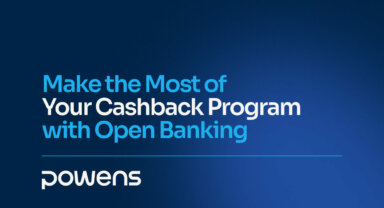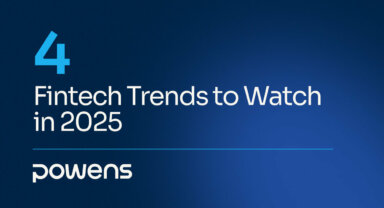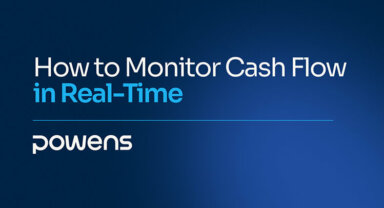Your customers are unique. They deserve a unique customer experience.
The path forward in banking is paved with personalized banking experiences. Customers are more than just numbers in a system. They are individuals, families, associations, and businesses, and each of these makes particular decisions based on their income and economic outlook. In banking, to help these individuals and institutions achieve their financial goals, only the most pertinent information will do.
The problem
For years, banks have relied on outmoded practices that have hindered both efficiency and customer satisfaction. Two such common practices are reconciliation through manual processes and making credit decisions based on limited data.
In the case of manual processes, requiring human intervention, such as filling out forms, verifying documents, or reconciling accounts, is a time-consuming, error-prone, and costly endeavor. Being particularly resistant to change, banks once looked to manual processes as a way to “double-check” steps in the process. However, this has created bottlenecks that delay the delivery of services to customers while exposing banks to operational risks, such as fraud, theft, or compliance violations.
In the case of making credit decisions based on limited data, most banks have used “traditional” methods to assess borrower creditworthiness. These methods included simple reviews of credit scores and income statements. While this information was once considered sufficient, it excludes potential customers who lacked formal credit histories and financial records. It also lacks consideration of spending habits, as some borrowers are prone to save more of their income than others.
The solution
Banking needs to be able to access and analyze better data. This will rid banks of both drawn-out manual processes and antiquated decision-making. Understanding their customers and personalizing customer experience will improve a bank’s overall standing and outlook.
Our API equips banks with enhanced customer insights. They can access detailed financial profiles of customers, giving them a comprehensive view of customer financial situations. This leads to personalized services and streamlined processes.
The superpower of Powens
Unlock better financial profiles for enhanced targeting and comprehensive customer offerings
Enhanced customer insights
Access richer and more detailed financial profiles of your customers. This deeper understanding includes their primary bank accounts and data from multiple financial institutions, offering a comprehensive view of their financial situation.
Categorized customers
Segment your customer base more effectively thanks to better financial profiles. By analyzing various financial aspects such as spending patterns, investment behavior, and asset allocation, they can tailor their marketing and product offerings to specific customer needs and preferences.
Personalized services
Armed with comprehensive financial data, offer your customers more personalized and tailored services. This level of customization enhances customer satisfaction and loyalty, as clients feel that you truly understand their unique financial requirements.
Streamlined onboarding
Automate compliance and onboarding tasks, streamlining processes thanks to essential bank identity information access, ensuring reliability, security, and an enhanced customer experience.
The results
Earlier this year, we collaborated with The Paypers to publish our e-book “Make Better Credit Decisions with Open Banking: An Insider’s Perspective.” The text includes several in-depth interviews with industry leaders discussing how Open Banking facilitates credit processes.
The repeated theme among insiders is the focus on how Open Banking is streamlining processes and granting access to vital data for better decision-making. Take note of the following key quotes:
Open Banking offers significant advantages in process automation, user experience, speed of credit request acceptance, risk management, and fraud detection. By automating processes like gathering customer financial data, lenders can save time and resources while improving accuracy.
Carlo Panella, Head of Direct Bank at Illimity Bank
By leveraging Open Banking technology, lenders can achieve better data quality, reduce the time spent on loan dossier analysis, and even automate the categorization of incoming and outgoing bank flows to improve risk evaluation.
François Leprince, Chairman of CFCAL-Banque’s Management Board
Open Banking can help lenders extend credit to customers who may be declined by existing policies. By analyzing transaction data, a lender can obtain a comprehensive view of an applicant’s income, regular outgoings, and other credit commitments that may not always be reported to a credit bureau.
Kieran Hines, principal analyst for the research advisory firm Celent
The beauty of Open Banking is that it allows lenders to assess risk in a more granular way. This not only includes income and employment status but also a more detailed view of the customer’s financial behavior. This information can be used to build a more complete picture of the customer’s risk profile, which in turn allows for more accurate and fair lending decisions.
Arturo Gonzalez Mac Dowell, Chair of Spanish FinTech and InsurTech Association (AEFI)

 Nov 13, 2023
Nov 13, 2023 














